House painting is much easier if you know all the expected costs that come with it. To help you budget more efficiently, check our guide.
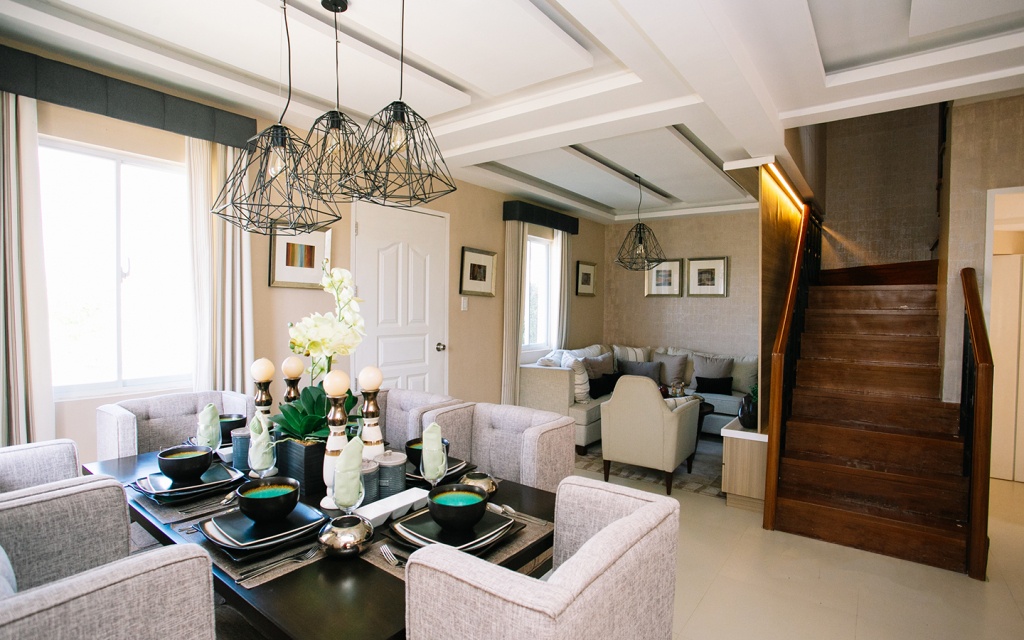
There are many occasions when our homes need repainting. Maybe you just moved into a house you just purchased and want to start making it your space. Or perhaps you are simply tired of your current palette and want to try something new. The worst case is that your walls have been damaged and direly needs repainting.
Adding new colors helps revitalize our homes and bring a personality into your space. However, choosing the ideal theme and zeroing in on one color may take time. The boards with different color combinations you see online may be helpful, but they can also be overwhelming.
That said, it is better to start with something more quantitative and set. One of these is your painting budget. While paint costs vary with the color, it is still best to have a ballpark budget.
How do I start budgeting for my house painting?
“How do I determine the cost of my house painting job?” You may ask. And the answer is making a list of all the expected expenses from materials to labor.
To give you an idea of how to make your budget for the paintworks of your new home, below is a list of things to consider.
Get inspired with these color palettes for your room:
Top Interior Paint Colors For Your Rooms
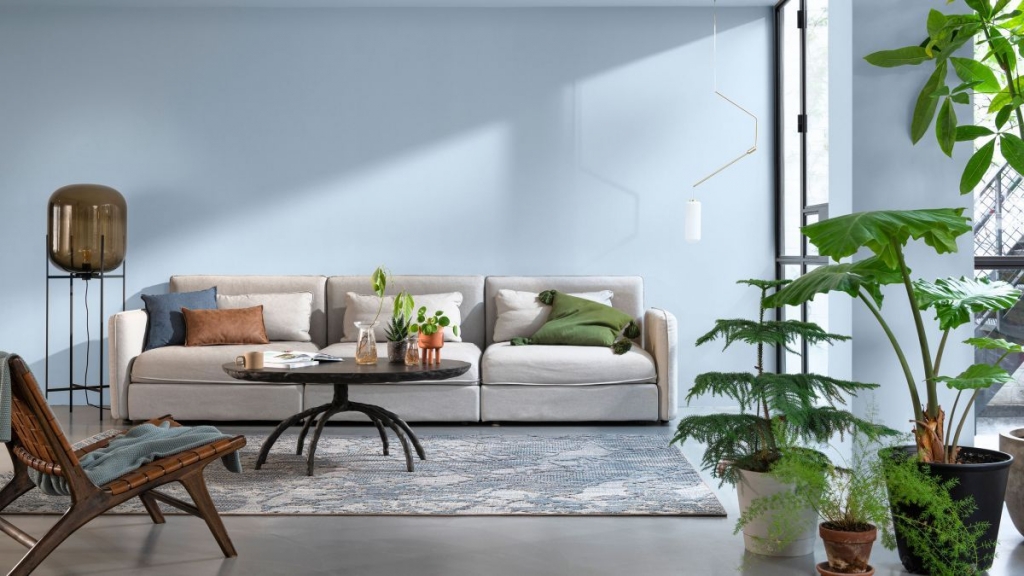
What are the costs to consider when budgeting for my house painting?
The first thing you need to consider for your budget is the set of materials you are using.
1) Primer: What is the first step in house painting?
There is much stuff to consider aside from the paint itself, and number one is the primer. To achieve smooth and even colors, painters usually coat the surface with a primer. A primer is a type of paint you use for the first coating.
There are many benefits to putting a coat of primer before painting. For one, the primer acts as a seal to ensure that the next coats of paint you apply are smooth. Additionally, the primer will also help bring out the vibrance of your paint color. Lastly, this first layer will also ensure that the paint is absorbed and poor adhesion is avoided.
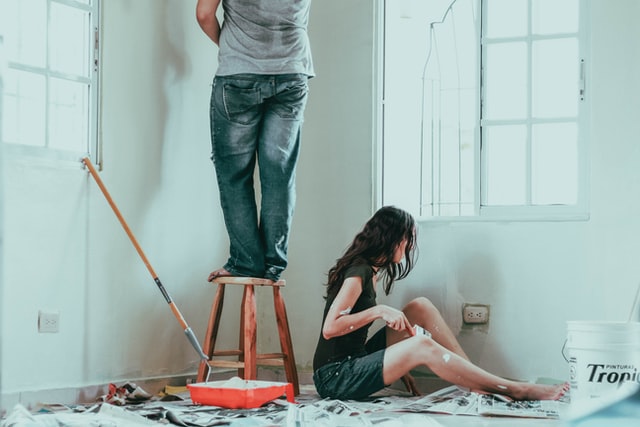
That said, make sure you apply your primer evenly and effectively. Generally, there are two types of primer: water-based and oil-based. A water-based primer is usually used for interior walls because it dries faster and is easier to clean. Meanwhile, oil-based primers give a better seal to provide better protection against stains and water damage. Oil-based primers are usually used in exterior, wood, metal, or oil-based paints.
2) Top Coat Paint: What are the essentials?
Next is the topcoat paint after the primer. It is important to note that you need to use paint with the same base as the primer. This means that if you use an oil-based primer, you should also use oil-based paint, and the same goes for water-based paint. The topcoat is the outermost layer of the painting and provides the final texture and color of the surface. It is the real color of the finishing we see and feel.
Make your interior spaces more trendy with these paint color options:
How To Incorporate 2022 Colors Into Your Home
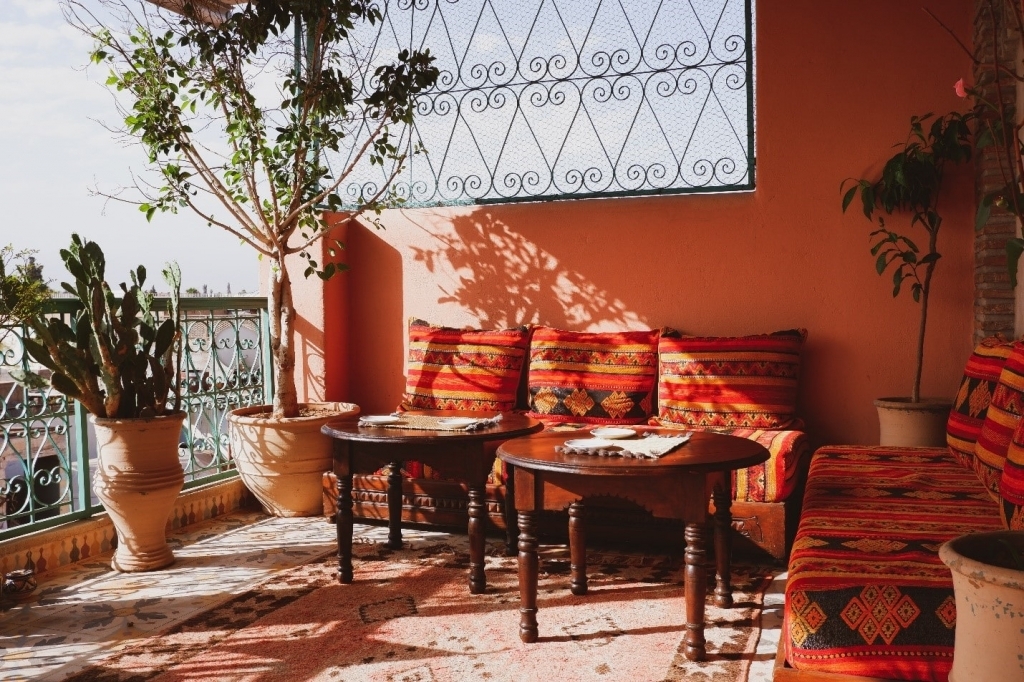
3) Concrete Putty and Skim Coat: What are the layers your need to add?
Generally, concrete walls have imperfections such as uneven surfaces, cracks, holes, etc. If you use paint on an uneven surface, you will notice the color shading will be different. To have a smooth finish, you can use a product called concrete putty (Masilya) and a skim coat (Palitada).
Coating the wall with putty and skim coat will not only even out the surface level of the wall but also help in the adhesion and absorption of the topcoat paint to provide a smooth surface with even color. You can use a skim coat for walls that have noticeable defects such as honeycombs and waviness on bare concrete while the putty is used for minor imperfections like hairline cracks and slight unevenness on the surface. In general cases, a skim coat comes first before the putty.
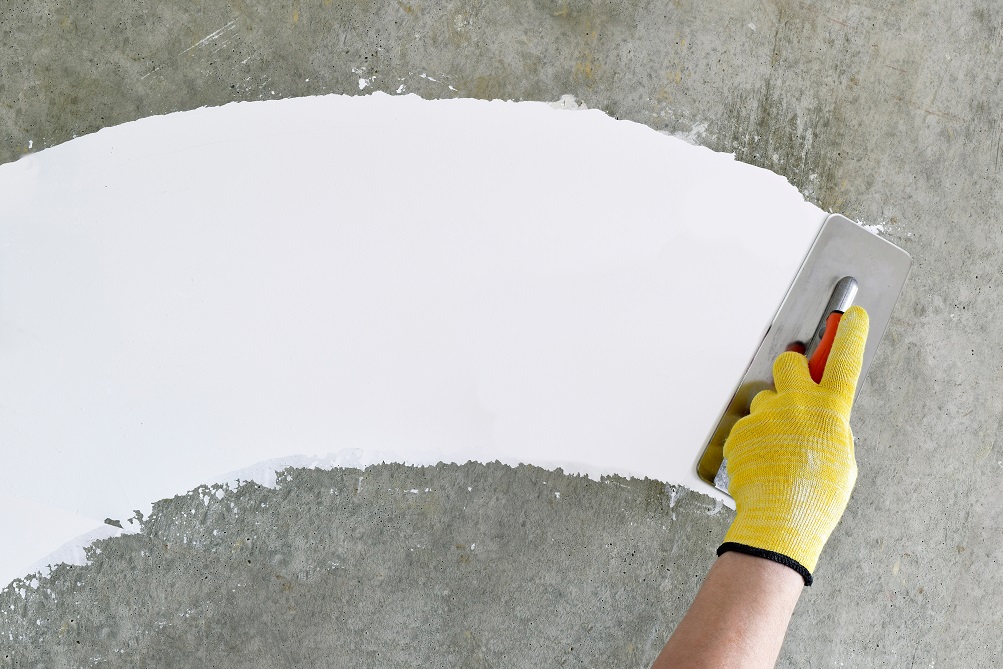
To summarize, there are three layers of coating for a bare concrete surface:
- First is the skim coat. It will help in hiding major imperfections on the wall and provide an even and smooth surface to color.
- Next is the primer. Primers will help in providing additional protection and adhesion to the topcoat paint. It also acts as a seal for protection against water and chemical damage. Once you applied the primer and there are still imperfections like hairline cracks and uneven spots, you can use the putty. After the application of putty, you can top it off with the primer.
- With all the surfaces covered in a layer of primer, you can now apply the topcoat paint. You should use at least two layers of top coat to achieve the real color of the paint.
No need to call for services for these repairs you can do by yourself at home:
Easy Home Repairs Anyone Can Do
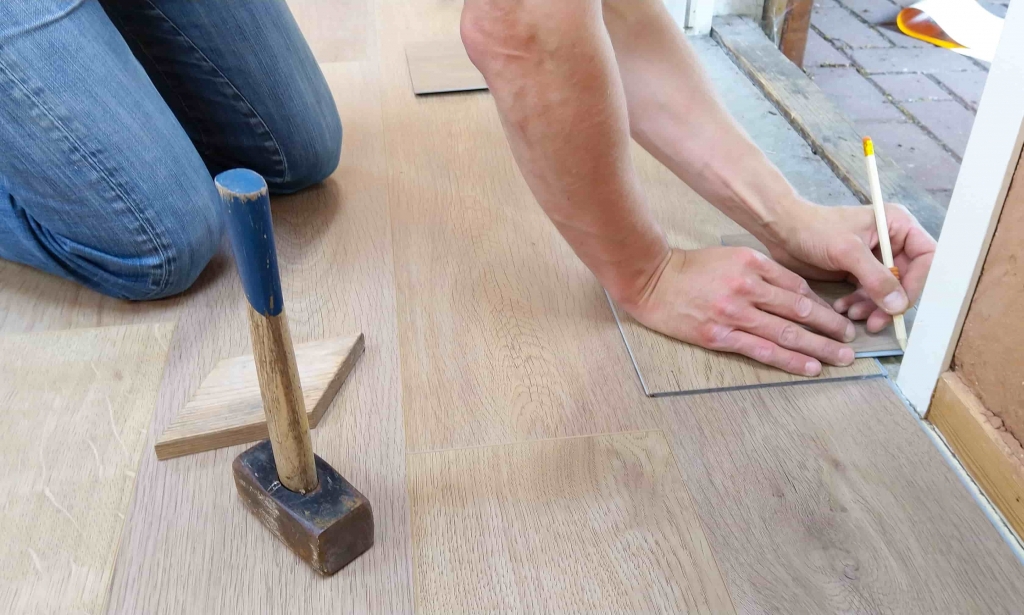
4) Area Estimation: How to estimate the cost per area for my house painting budget?
Now that you know the basic types of paint, it’s time for the computation of the material costs. Paint prices vary depending on the supplier or your local hardware. Price may also differ based on color, type of paint, and brand.
Measure the area you are painting
Most paint comes in either four-liter containers or a gallon. A four-liter paint can cover up to 25-30 square meters for every coat. To compute the estimated total amount of paint you need, you need to measure how much area will be covered.
For example, you wanted to paint the kitchen area of your house. One way to estimate the total area of the walls is to measure the horizontal length of every wall to be covered. Additionally, you should also measure the height of the wall up to the ceiling. After that, you multiply the two measurements, and you will have the area.
For example, say you have two walls with a horizontal length of six (6) meters and four (4) meters, for a total of 10 meters. The height of the wall is three (3) meters. You simply multiply the horizontal distance and the height. And that is 10 multiplied by 3, which is 30 square meters.
Estimate the amount of paint you need for each area
A four-liter can of topcoat paint and primer cover 25-30 square meters. This means it can barely cover up a coating layer for 30 square meters of surface. Meanwhile, the skim coat can cover 20 square meters for every four (4) liters, and the putty can cover 25 square meters for every four (4) liters.
Always add 10%-15% amount of paint for assurance and contingencies. As mentioned before, the initial painting of a wall would take one coat of putty or skim coat, one coat of primer, and 2-3 layers of topcoat, depending on your preference. In conclusion, the total area of 30 square meters needs four (4) liters of skim coat, 4-5 liters of putty, five (5) liters of primer, and 10 liters of topcoat paint.
Are there tools to help me compute my house painting budget?
The computations for the budget can be quite confusing but don’t worry because some tools that can help you with rough estimation and suggestions are available online. Paint calculators are one example. You just need to provide information regarding the surface, type of surface, condition of the surface, type of paint to be used, and the area. After you provided the info, it will suggest products you would need and the estimated amount of paint then you can decide how much paint you will be using.
5) Labor Cost: How much are labor costs for painting in the Philippines?
After you determine the number of materials, let us now go to the labor costs. The average rate of a skilled laborer here in the Philippines is around P67.36 per hour or a daily rate of P538.87. One skilled painter can cover up to 10 square meters per day.
You can add more painters for faster work. After the computation of the wall area, divide it by 10 square meters and you will get the number of days to complete the work with one painter. Also, add a day to consider the time needed for preparation and cleaning after work.
Camella offers quality house and lot and condos for sale that you can customize and decorate to your preferences. With Camella, you can paint your new home with colors that suit your tastes and personality and be wild with your imaginations. Your new home awaits to be filled with new colors.

See more interior inspirations from Camella
Have a virtual tour of Camella’s house and lot and vertical villages.
By: Ivan Wesly Galera


